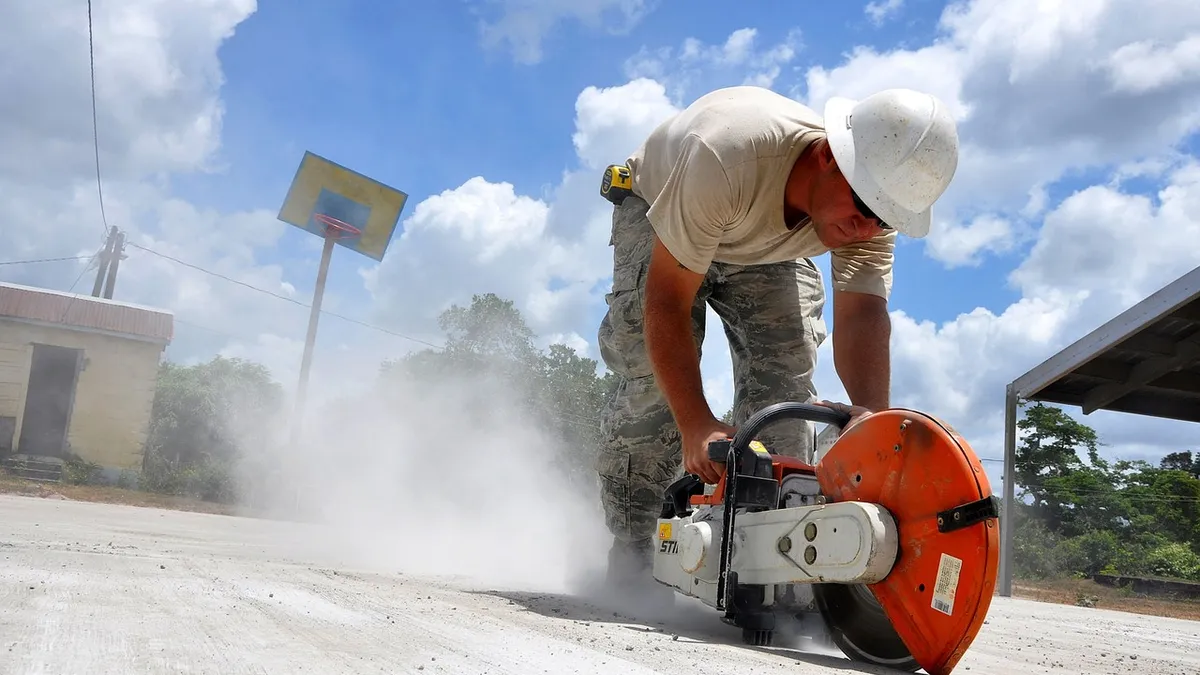Dive Brief:
-
The Occupational Safety and Health Administration (OSHA) will implement its new silica dust rule on Sept. 23 — just as industry groups prepare to argue against the need for tighter exposure limits a few days later in the U.S. Court of Appeals for the DC Circuit, according to The Hill.
-
Some companies support the new rule and have already started to comply with it, even though OSHA has yet to issue enforcement guidelines for its own inspectors, Bloomberg BNA reported. Equipment manufacturers have also added more products to capture silica dust.
-
In a Sept. 26 hearing, industry plaintiffs are expected to argue that the cost of meeting the new exposure limits is too burdensome and that silica-related illness has significantly decreased. Some of the rule's opponents say OSHA's failure to properly enforce existing rules is to blame for new cases of silicosis, not the exposure limits.
Dive Insight:
The silica rule was originally set to go into effect on June 23, but OSHA delayed it by 90 days to continue to work out its implementation. At the heart of the new regulation is a reduction in the allowed exposure to silica dust from 250 micrograms per cubic meter over an eight-hour period to 50 micrograms. The new standard also requires increased medical monitoring for some employees.
The Trump administration is defending against industry attempts to kill the new rule, according to The Hill. But that's not the case for many other regulations that have been jettisoned since President Donald Trump took office.
At the end of August, a federal court ruled that the Department of Labor's new overtime rule was invalid, and the Republican-led Congress repealed the Fair Pay and Safe Workplaces Act. The act could have prevented some contractors from performing federal work based on previous DOL violations.
The administration is also considering eliminating the so-called "persuader rule" addition to the Labor Management Reporting and Disclosure Act. The addition would require employers to make public all communications about employee unionization efforts, including conversations with attorneys.
The president is also seeking, via executive order, to eliminate some permitting procedures in order to fast-track environmental approvals for large infrastructure projects.












